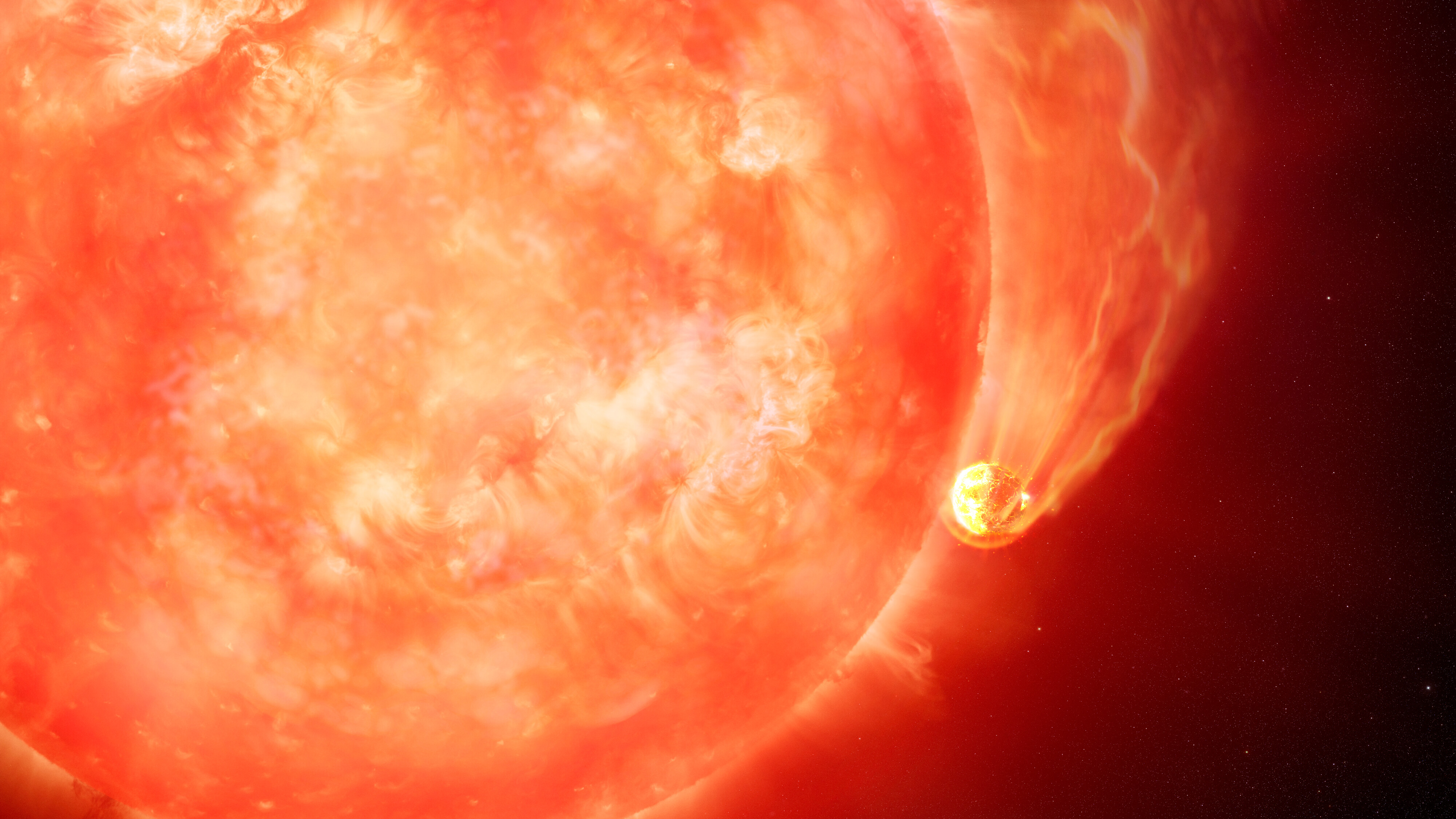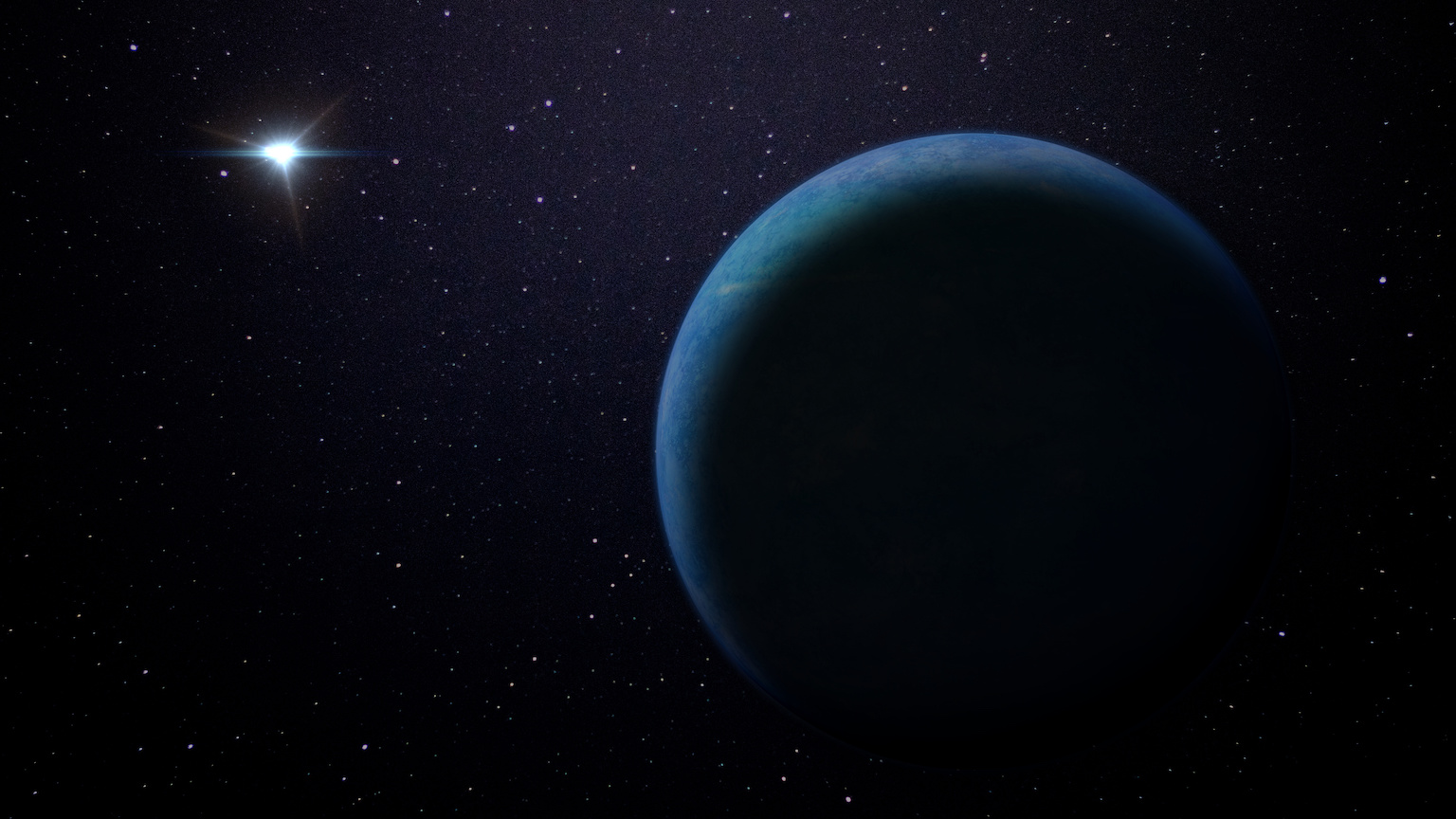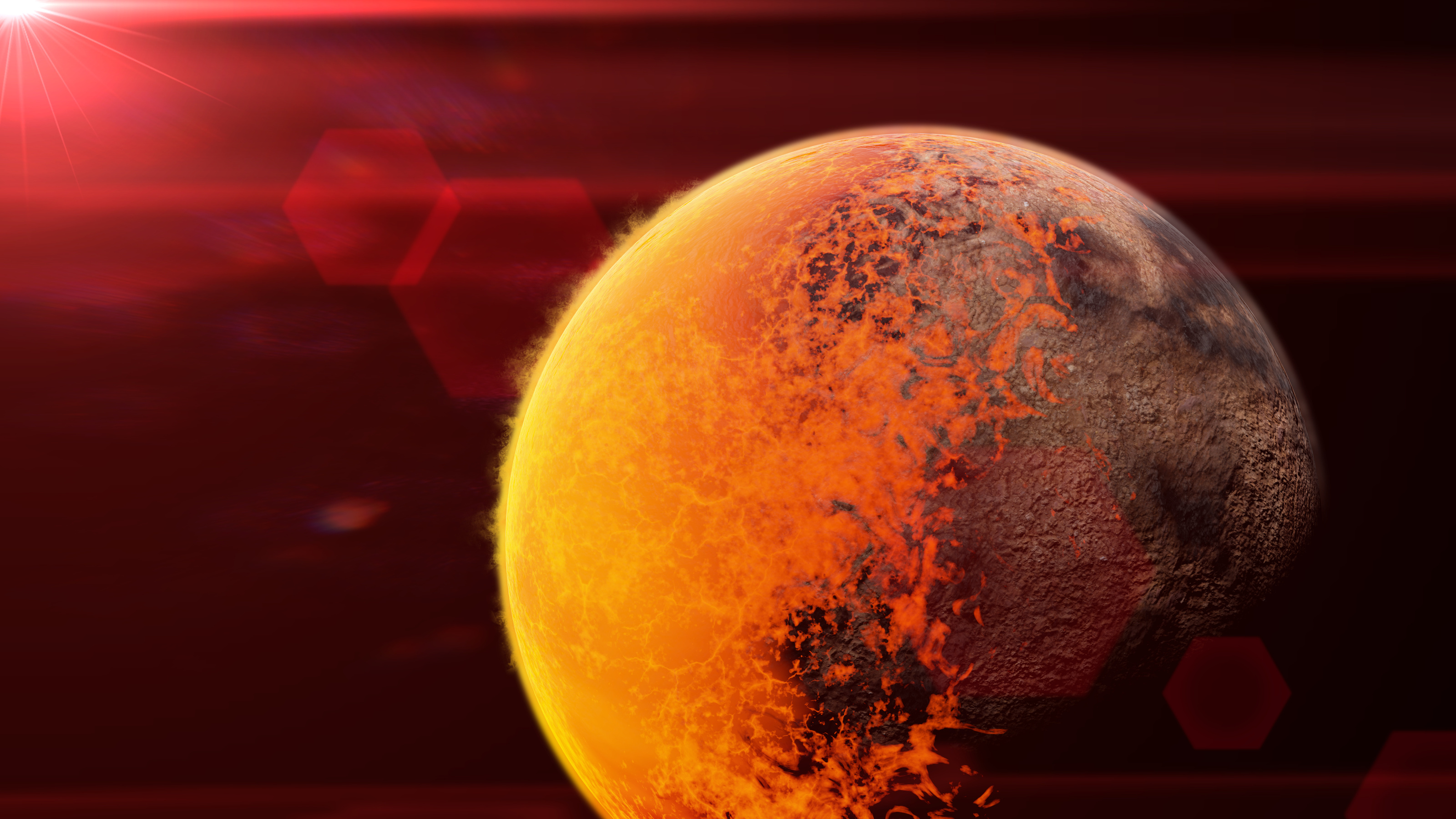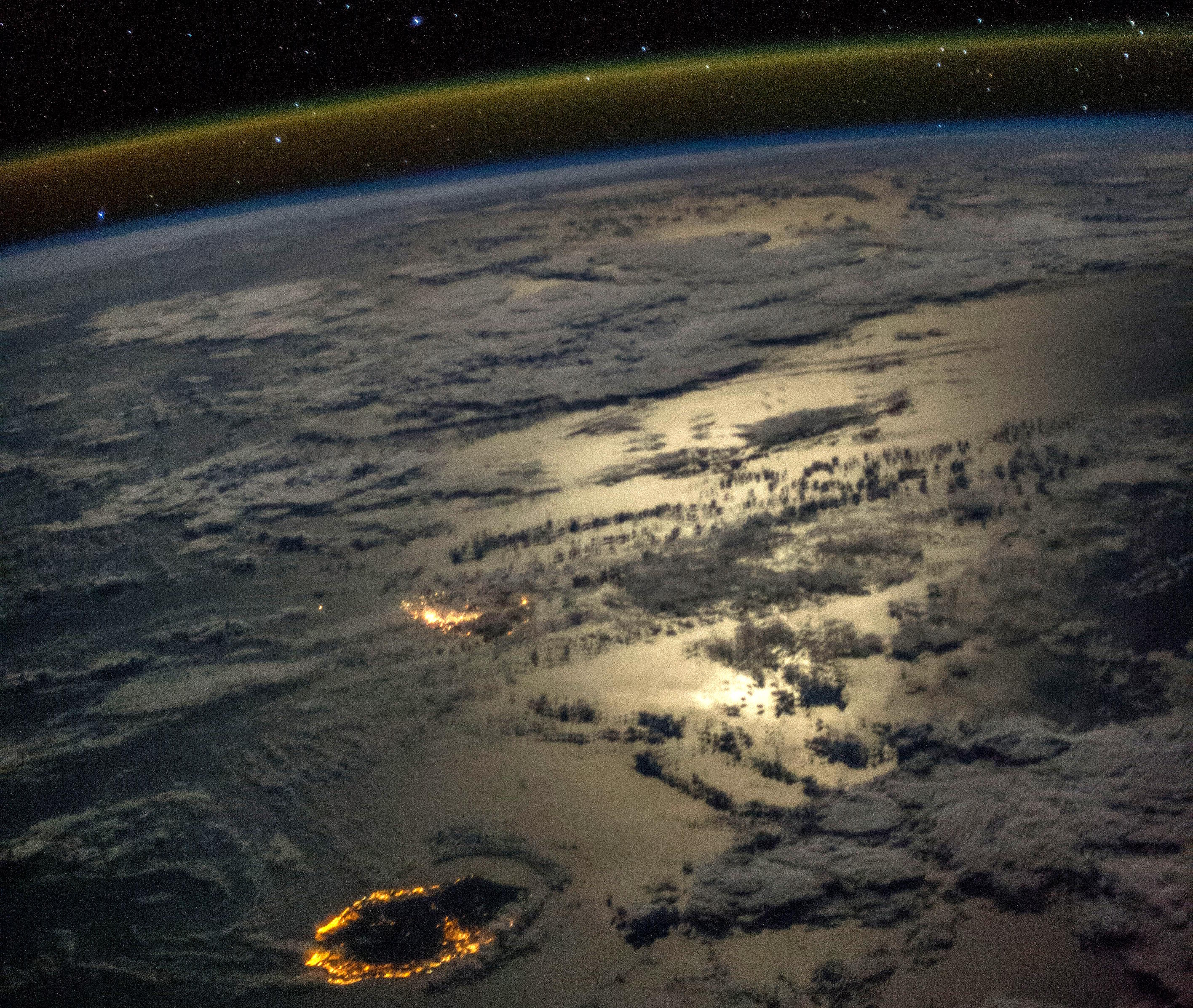Jupiter at its core remains a mystery to science
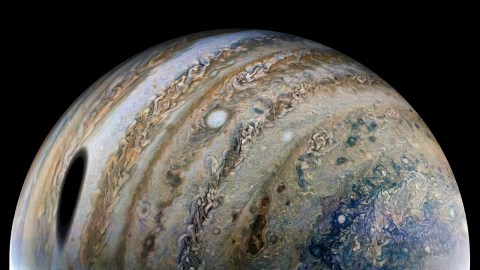
- For decades, planetary science was firm on the fact that Jupiter has a rocky core.
- New data extracted directly from the king of planets by the Juno spacecraft challenged that long-held standard. New research shows that Jupiter’s core might not be very compact at all.
- It is not easy to build a better model to fit the data. But overturning old concepts can be the most exciting thing in science.
Aptly named, Jupiter is the king of the Solar System. Weighing in at 318 times the mass of Earth, Jupiter is the largest planet in orbit around the Sun. Being so massive, its gravity sets the dynamics of the Solar System, bullying comets and bouncing asteroids.
Given how large and influential Jupiter is, you might think that science has already revealed all the basic facts about its structure. But you would be wrong — as wrong, in fact, as the scientists who thought for many decades that they had those basic facts down. Thanks to recent data from the Juno space probe and from experiments carried out at the world’s biggest laser fusion laboratories, we now know that there is a mystery hiding in the core of the great gas giant.
Science on the rocks
Your high school Earth science class might have included a unit on the Solar System that laid out the architecture of its planets. You would have learned that the inner part of the system contains the small and rocky terrestrial worlds — Mercury, Venus, Earth, and Mars. The outer Solar System is the land of the giants. There are the gas giants, Jupiter and Saturn, and the ice giants, Uranus and Neptune. At the center of all these larger worlds there is supposed to be a rocky core. For Jupiter, your high school textbook might have had an illustrated cutaway of the gas giant showing thick outer layers of hydrogen and helium surrounding a compact nugget of rocky material nestled deep below.
The rocky core story was the gospel of planetary science for decades. Even so, for scientists studying Jupiter, the details of that core were always a bit elusive. The planet is so large that the physics of its interior pushes our understanding of matter to its limits. Pressures inside Jupiter can reach millions of times those of Earth’s surface, with temperatures in the core rising to 36,000°F (~20,000°C).
Because these conditions are so extreme, scientists must turn to extreme instruments to investigate the Jovian interior. The only way Earth-bound investigators can reach Jupiter-like pressures is by using our world’s most powerful lasers to compress samples of material. That is precisely the mission of the Center for Matter at Atomic Pressures, or CMAP, a National Science Foundation-funded research consortium based at the University of Rochester. (I am a member of the CMAP team.)
Rochester is the perfect place to host this effort because it is the site of the Laboratory for Laser Energetics, one of the premier laser fusion facilities in the world. With the Laboratory’s 60-beam laser system, CMAP scientists use light to pound samples of hydrogen, helium, or rocky material to the same temperatures and pressures that nature produces in Jupiter’s core using gravity alone.
The other instrument scientists use to study Jupiter is the one that has driven the crisis in understanding its core: the Juno spacecraft. Juno is orbiting the gas giant right now, diving in so close that it can snap pictures of Jupiter’s cloud tops. By tracking the motions of Juno’s orbit with exquisite precision, scientists can trace the gravitational signature created by Jupiter’s internal distribution of matter.
This is how the mystery at Jupiter’s core first made itself known.
Jupiter’s equation of state
With the Juno data coming in, it soon became clear that the internal structure of Jupiter differs appreciably from what longstanding models predicted. The probe’s gravity measurements revealed that the classic picture of Jupiter’s great rocky core is not correct.
It is not easy to build a better model to fit the data. The laws of physics determine how the various layers of a planet like Jupiter can be organized. In particular, something called the equation of state determines how dense a material becomes as the pressure and temperature increase when you drop through those layers toward the core. But the equation of state is determined in turn by things like the mixture of elements in each layer, as well as their physical characteristics.
Any attempt to change the models of Jupiter’s structure has to match up with the physics of the equation of state, and this is where CMAP comes in. Laser experiments have been key to understanding the equation of state for Jupiter, placing limits on the physics that forms the models.
The core of the issue
Now we finally approach the core of the issue. Based on detailed studies led by CMAP member Burkard Militzer, the idea of a compact rocky core for Jupiter might need to be left in the past. Using computer models, Militzer and his team explored different configurations of the planet’s internal structure. Their findings point to a dilute core — one with rocky material extending 63% of the way out to the surface.
A core that encloses almost two-thirds of a planet’s radius is not much of a core at all, and it certainly is not the compact core the old models predicted. In fact, down deep in those inner regions, Militzer’s team found that only 18% of the material was rocky (that is, made of material like silicon that goes into rocks).
If these results are right, then there may be a lot wrong with our prevailing ideas about how giant planets form and how their early evolution proceeds. But there is still a lot of work to do confirming the models and their interpretation. The laser experiments will help with that task by probing the structure of matter under the conditions these new models predict. More modeling will be needed as well. But if it all hangs together, Juno will have done its work by showing us just how naïve were our ideas about the king of the planets. This is all for the good. Overturning old concepts can be the most exciting thing in science.
